Unbeknownst to me until a few weeks ago I had a rather famous step grandfather. And it seems that the world forgot about him … so I feel compelled to tell his story.
Frederick Ferdinand Moore jumped on a cattle ship in Boston Harbor in the 1890s when he was 15. He became an adventurer, weaver, sailor, soldier, novelist, pulp fiction writer, intelligence officer, war correspondent and murdered marshal.
Perhaps my stepmother told me about her famous father but I don’t recall it. My dad married Frederick’s daughter, Marjorie Jan Moore, in 1967 and in the summer of 1968, I lived with her in North Hollywood. Dad would tell me how Jan was a glamourous radio actress in her younger days. She was tall and elegant and spoke with a husky voice so I never disputed that. Recently I started scanning old newspapers to learn more of Jan … and learned about her father along the way.
Frederick only had one child, and Jan had no children of her own. His life captivates me so I’m working to tell Frederick’s story and let his legacy live on. I gave him the fame he deserves by entering him into immortality by writing a Wikipedia article about him.
When he was 15, Frederick skipped out of his first year at Boston College and jumped on a tramp steamer bound for Liverpool as a cattle prod. He stayed on those steamers for about three years and circumnavigated the Earth three times.
He joined the 2nd US Calvary and served in the Philippines during the Spanish-American War. He declined a promotion and lifelong military pension and instead became a war correspondent and covered the Russo-Japanese War.
Frederick shot to national attention in the United States in 1913 when he published his first novel The Devil’s Admiral. It was billed as a modern-day pirate adventure and Frederick had plenty of personal experiences sailing in the South China Sea to draw on. Reprints of that are still in circulation … so I wrote a Wikipedia article about the novel.
He put on a uniform again in the twilight of World War I and sailed to Vladivostok as US Army Captain assigned to the Intelligence Division and served in Chita, Siberia which was under control by the Cossacks. He pleased the Japanese while he was there and the Emperor gave him one of their highest honours – the Order of the Rising Sun. He documented the rise of the Bolsheviks and the Allied intervention in the Russian Civil War is his book Siberia To-day. And that became a key reference for several decades thereafter to help shape foreign policy. And so, as you do, I wrote a Wikipedia article about it.
His 1921 novel, Samovar Girl, is an epic novel set post WWI Russia which pre-dates Doctor Zhivago by three decades. I read it and loved it … so I wrote a Wikipedia page about it.
Frederick returned from Asia in 1905 became a reporter for the San Francisco Examiner and survived the massive fire and earthquake of April 1906.
He married Florence Raymond Frisbee a few months later. A few years after my stepmother Marjorie was born in 1909 in San Francisco, Frederick bailed out of the marriage and became the editor of Argosy, one of the most popular magazines of the day.
He caught the adoring eye of another rising star. Eleanor Gates was a playwright who wrote The Poor Little Rich Girl which was made into two movies first starring Mary Pickford (1917) and then Shirley Temple (1936).
Fred and Eleanor were a bit too hot to trot and got married before their divorces were really finalised. That kind of scandal made juicy headlines in those days and Marjorie was brought into the mess as her mother publicly declared how Fred ran off and neglected to pay child support. Marjorie made the news in those days but for all the wrong reasons. In a twist on Eleanor’s most famous play the media dubbed Marjorie as Poor Little Poor Girl.
Perhaps in the grandest gesture about his love, Frederick dedicated Isle O’ Dreams, his 1920 novel, to his 11-year-old daughter.

The adventures started to fizzle out as the 1920s roared into the depression-ridden 1930s. There were no more wars to dash off to and perhaps Frederick had some physical issues. In a 1922 interview, Eleanor said Frederick had been an ‘invalid’ but her cooking cured him. She said their friends in Manhattan called them the ‘inseparables’. They co-wrote numerous novellas together while living in fashionable Manhattan. Eventually they became ‘separables’ and Frederick and Eleanor called it quits sometime in the mid 1930s.
Frederick became a typing machine and cranked out endless short stories for the pulp magazines. Writers didn’t get paid much and if you were to make a living you’d have to crank out endless copy. And as Captain Frederick Moore that’s what he did. I’ve found 170 short stories and novellas he wrote, or co-wrote with Eleanor, for the pulps and I’m still counting.
The writing seemed to stop by the early 1940s. Television was replacing the pulps. The census lists him as ‘unable to work’. He went off the radar but then I picked up his trace again and learned in detail of the tragic final chapter in the life of Frederick Ferdinand Moore.
At some time during World War II, he became a deputy marshal for the Los Angeles Sheriff Department. He was assigned to collect a writ at a Pasadena café. Something happened. Something terrible. For reasons unknown, Frederick was shot and killed in the back parking lot. It was the last time he was seen … dead or alive. A couple days later the authorities picked up a former boxer, Edward Evans, who confessed to killing Frederick. He pulled Frederick into the boot of a car and drove and drove out in the country and buried Frederick and then burned the car. Despite massive search efforts the local police never found Frederick’s remains. After spending two years in an insane asylum Evans was released of all charges due to ‘corpus deliti’ – you can’t be charged if there’s no body. Evans walked. Scot-free. The perfect crime.
Frederick lies forgotten in some back woods of California’s Central Valley. But his novels and stories will live on forever.
EPILOGUE
Eleanor Gates moved from Manhattan to Los Angeles sometime in the 1930s. Who knows if she moved there to be closer to Frederick but she would have been there when he was murdered. She was struck by a car and died in 1951 at the age of 75.
Florence Frisbee (Mrs Moore Number 1) moved to LA by 1930 and lived with her daughter, Marjorie, till she died in 1952 at the age of 75.
Edward Evans, the man who murdered Frederick, seems to have vanished. In 1957, hikers found a skull thought to be Frederick’s. It wasn’t. But police listed Evans as ‘whereabouts unknown’.
Twenty years after her father was killed, Marjorie married my dad. They remained married for 32 years. I last saw her in 1995 when I was on my way to immigrate to Australia with Padma. We found Jan and my dad living in a filthy caravan in a lot surrounded with eviction notices. Life hadn’t treated Jan well but traces of her former glamour still remained. She died four years later of Alzheimer’s at the age of 90 and took with her the stories of her father. At least until I resurrected them.
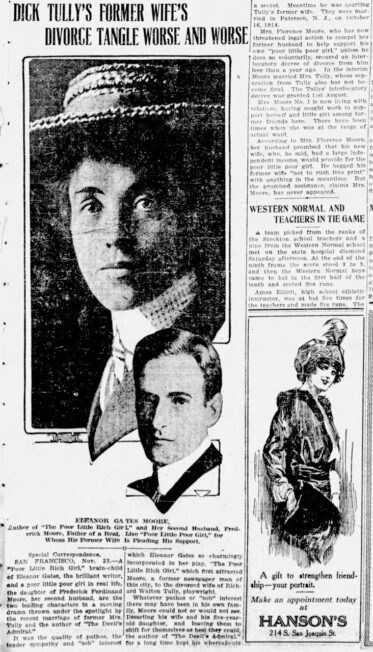


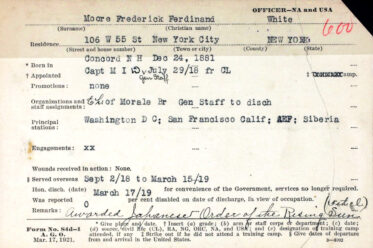
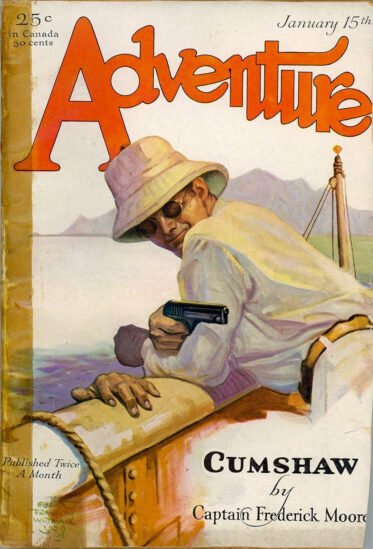
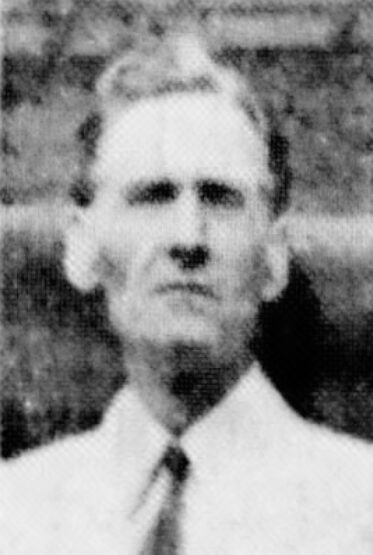
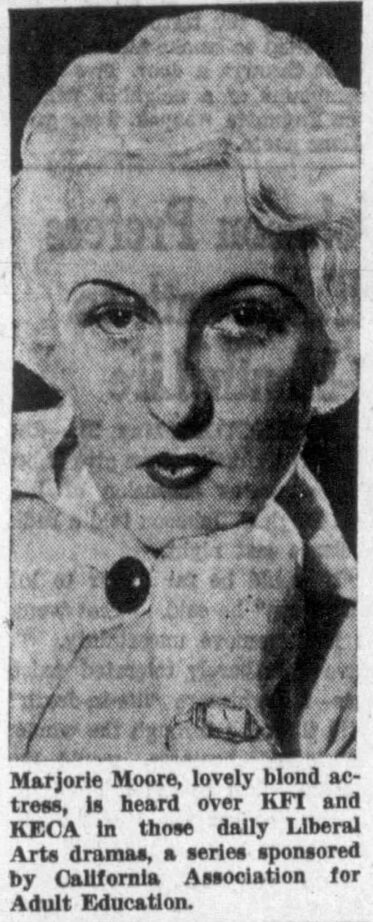

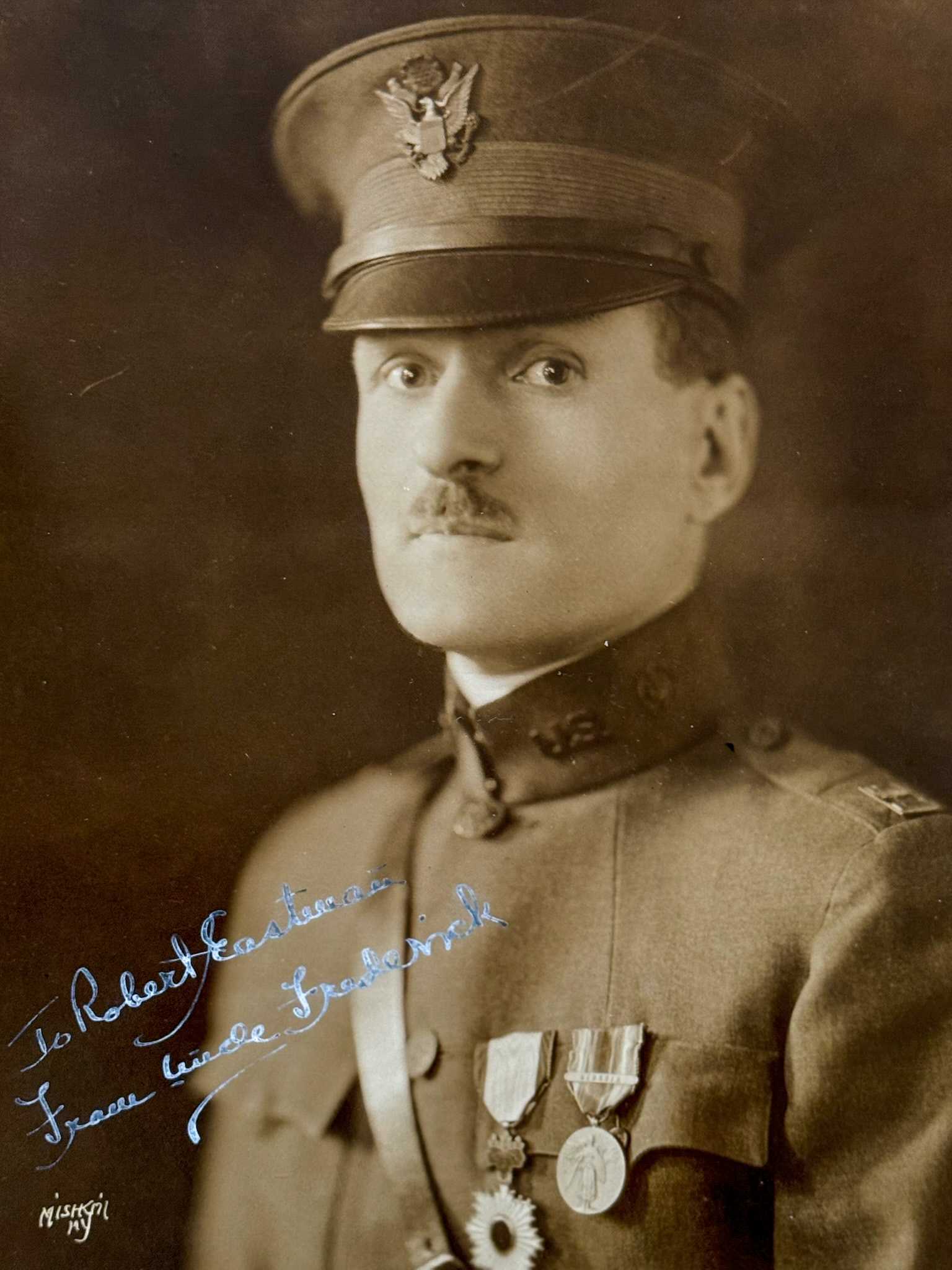
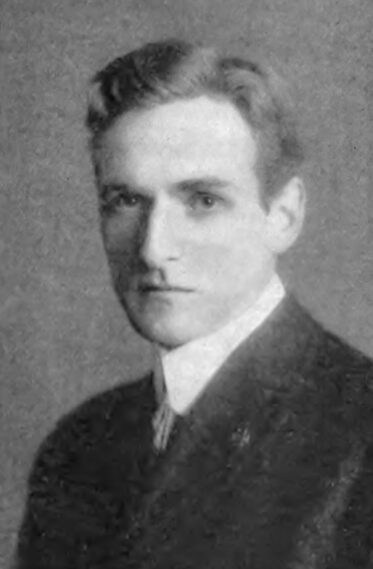
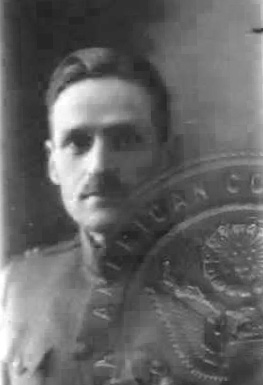
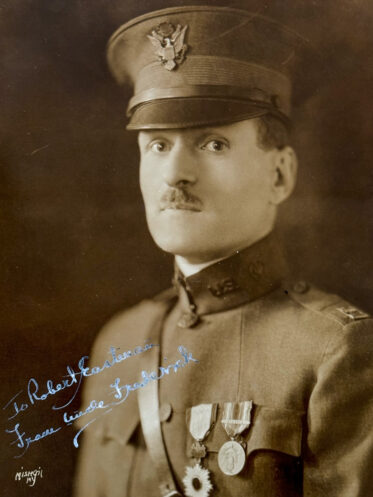
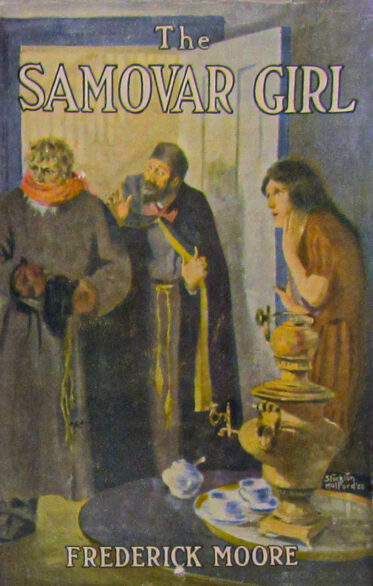
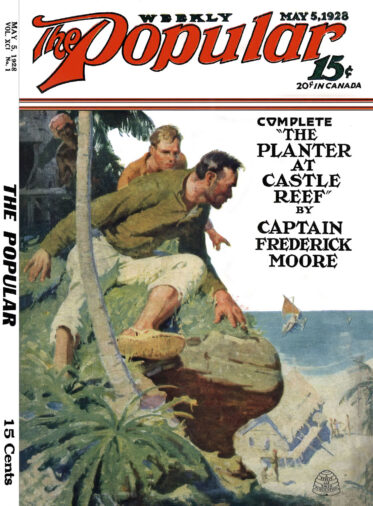
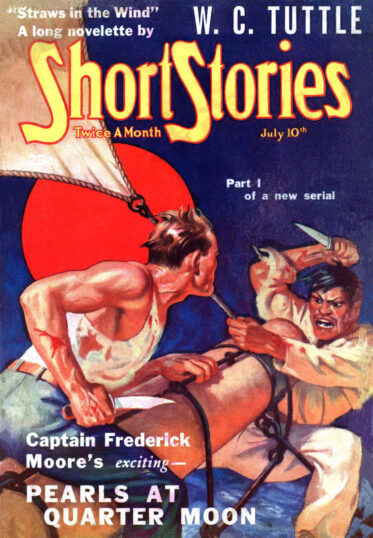

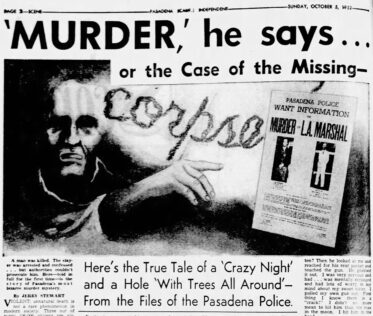

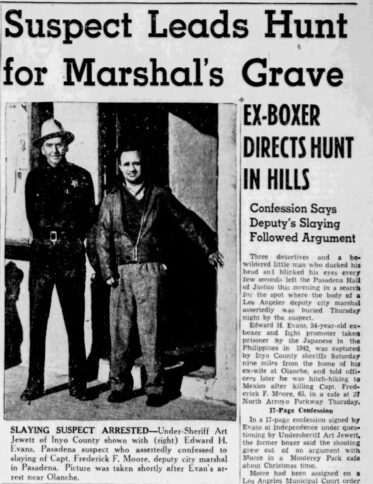
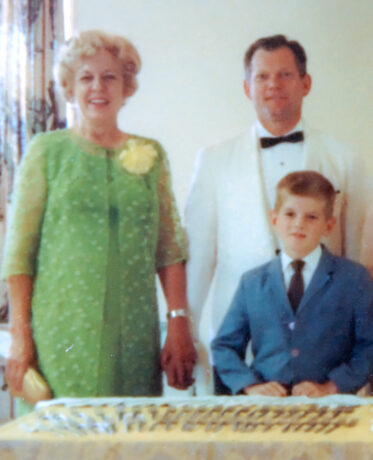
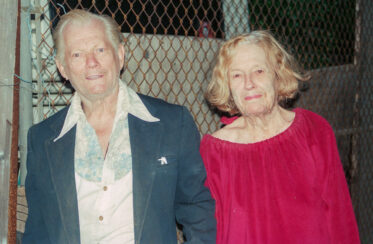
Frederick Ferdinand Moore was my grandmother’s brother. There was a rumor that she was actually his daughter. He was 24 years old when she was born. She had a nanny because her parents were too old to take care of her. Frederick paid for her to go to boarding school when she outgrew her nanny. She talked about Eleanor Gates and The Poor Little Rich Girl so much that I’m wondering if the story was about her. She didn’t tell us ANYTHING else about her brother! I’ve become captivated by his story too. Thank you for getting Frederick on Wikipedia!
So wonderful to hear from you, Janet! At one point, I tried to contact the kin of Fredericks siblings in New Hampshire but never got any response. You are the first blood relative of Frederick I have met. He has such a fascinating life history. I don’t recall his daughter (my stepmother) mentioning him but Frederick had left when she was a child. Your grandmother’s birth certificate lists Nellie (Frederick’s mom) as her 44 year old mother. Frederick was in the Philippines around the time of your grandmother’s conception. But who knows. I wonder why she never spoke of Frederick. He was in the news a lot … not as much about his writing but about the scandalous marriage to Eleanor Gates!